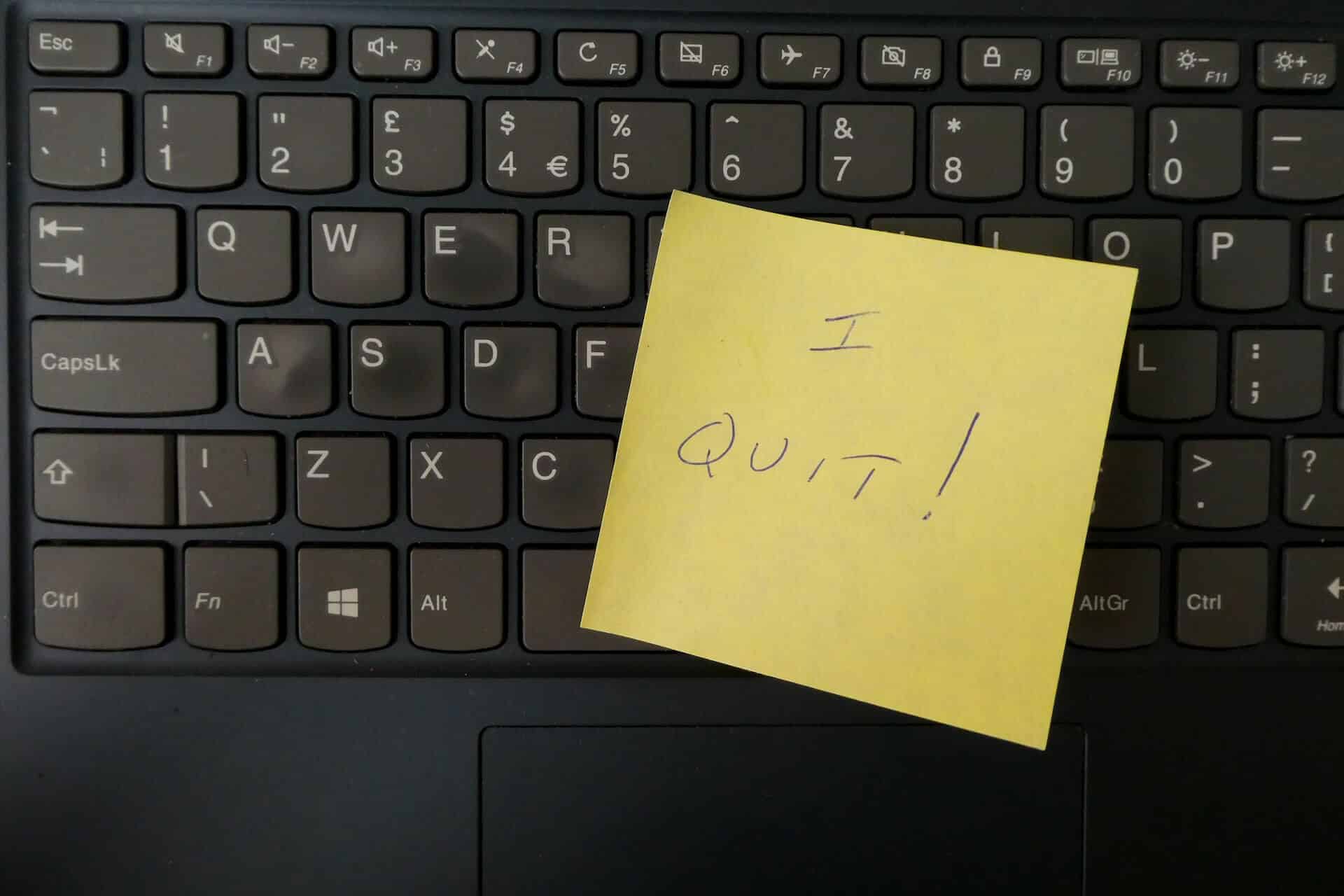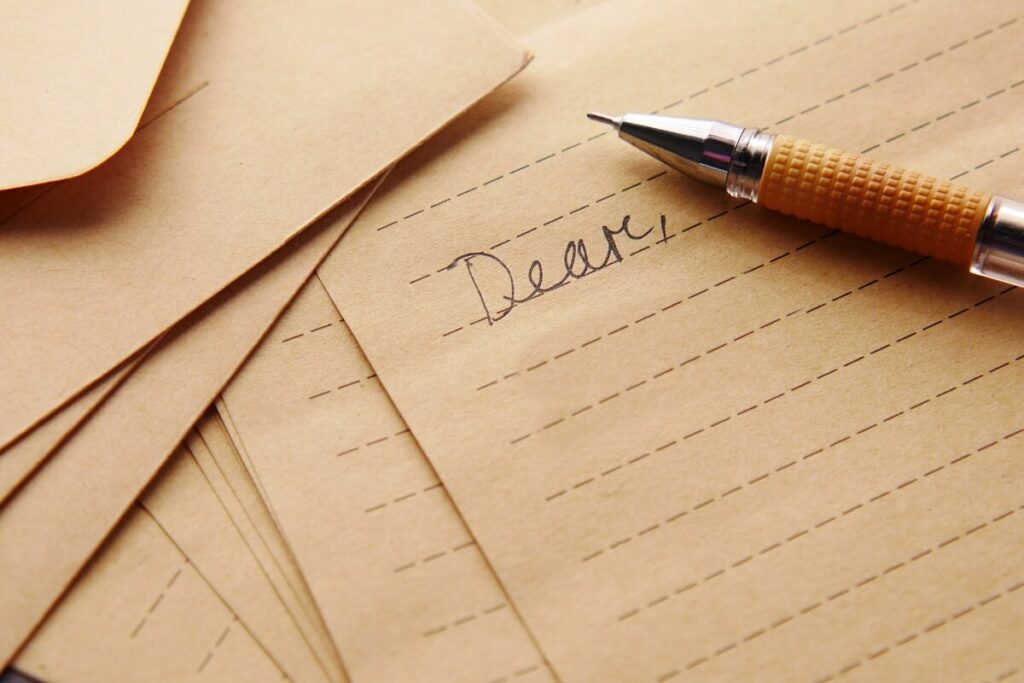Ready to see it for yourself?
One of our workspace experts will reach out to you based on your communication preferences.

Resigning from work is rarely a fun experience. Whether you’re leaving for a better opportunity or don’t want to work for your current employer, letting them know in a way that’s professional and courteous can seem like a big challenge. But with one in five non-retired adults leaving their job in 2021, it’s clear that this is something most people have to deal with eventually.
When you have a good relationship, you don't want to come off as unappreciative. And even if the relationship wasn’t great, you still want to maintain professionalism and not burn any bridges.
That’s why it’s a good idea to carefully plan your resignation letter and make sure that you’re following the best practices used today. Below, we’ll go through a few of the most important considerations for writing a professional resignation letter that will be well received and leave no room for ambiguity.
Many people are hesitant about using templates and pre-written letters because they feel like this somehow looks unprofessional. However, if you have never written a resignation letter, using proven frameworks is actually the best thing you can do. This will let you come off as professional and avoid making costly mistakes that could hurt your future career prospects.
In fact, today, you can even use a resignation letter template that will help you craft a nice-looking resignation letter that’s personalized for your situation, is well-formatted, and can be created in just a few minutes.
It makes sense to think through what you want to say in the resignation letter and make it more personal. However, having a framework to work with can make the process much faster and produce more consistent results.

In business letters, greetings are always an important part you should carefully consider. A professional greeting can help start the message in the right way and make the person receiving the letter more responsive and understanding of the message.
You have a couple of options in the way you can structure the greeting. A simple option is to write the name, such as “Mr. Johnson” or “Ms. Bradley”. If you want, you can also add a salutation before the name, but it’s still better to use the more common and less informal greetings such as a simple “Hello” or “Dear”.
If you want your resignation letter to be acknowledged and accepted, you need to make it as easy as possible for the recipient to reach out and get back to you. And that’s why one of the most important aspects of any good letter of resignation is adding a variety of contact details. This will allow your employer to respond in a way that’s the most convenient for them.
Some of the most important details you should include are your name, position at the company, address, email address, and phone number. This way, you can be sure that the recipient understands who you are and knows how to respond. It’s also crucial that you add the date of the letter since this can often serve as the beginning of the notice period. This is the time you might be obligated to remain at the company after submitting your letter of resignation.
Since the main purpose of a resignation letter is to inform your employer that you want to leave the company, you should be as clear as possible in stating that fact in the letter. Ideally, you should take one or two sentences to say that you are resigning, including the last day that you plan to work at the company.
Even though it’s not mandatory, you could also add a paragraph or two expanding on the reason you are leaving. This could be a new position, changes in your personal situation, moving away, starting your own business, or anything else. You can also briefly go over your motivations for making the decision. Examples include a new challenge or a growth opportunity that you could not pass up.
If you have a good relationship with the employer and want to maintain it, you can also mention that you’re available to help them transition after you leave. This could be in the form of consulting the new hire, or even assisting with finding a replacement for your role.
Sincere appreciation can really pay dividends. Expressing gratitude is always a classy way to end any communication, particularly one as potentially awkward as a resignation letter.
Acknowledge the trust shown by the company in employing you in the first place, and any growth opportunities you were provided. If you can add a personal note offering thanks for any special concessions or kindnesses you were shown, all the better.
Resigning from a job may not be the most pleasant task, but most people will have to do it at some point. Therefore, learning how to do it professionally can at least make it go smoother and faster. It will also allow you to depart with your dignity and reputation intact.
With the tips listed above, you should be able to create an informative, concise, and clear resignation letter that your employer will appreciate.
Featured Image Source: Unsplash

Are you looking for a NYC event venue for personal or business occasions? Do you need a fresh perspective for your workday, a business address or virtual mailbox? If it’s time to level up your business and you’re looking to make some serious marketing moves, we have the answer for you!